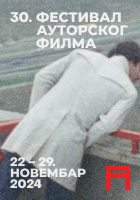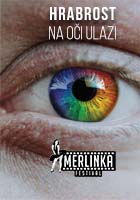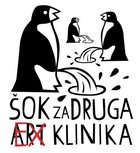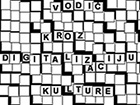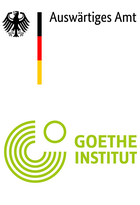
Dok nas smrt ne rastavi, (2009-2010)
Projekat predstavlja vizuelno istraživanje fenomena venčanja i svadbene ceremonije kao jednog od ključnih antropoloških žanrova, koji već hiljadama godina unazad igra glavnu ulogu u ritualnom životu ljudske rase. U suštinskom smislu, ovaj fenomen ostaje nepromenljiv, bez obzira na nove trendove, kulturološka, rasna ili rodna ukrštanja, i uprkos tome što danas prilično česta promena partnera do “kraja života” postaje indikator da brak kao institucija više nije nešto do čega se toliko drži. Prema statistici s početka 21. veka, procenat muškaraca i žena koji stupaju u brak znatno se smanjuje. Čini se da je “tiranija trenutka” (kako to Tomas Hiland Eriksen) naziva prodrla i u sferu intimnosti, a da klasična maksima “dok nas smrt ne rastavi” i dalje zapravo sadrži u sebi bar majušni ventil. Ipak, ovaj projekat o svadbama u Evropi pokazuje, izmedju ostalog, da još uvek postoji veliki broj parova koji veruju u bračnu zajednicu, dok sam fenomen svadbe u većini slučajeva postaje samo dobar izgovor za paradu i razmetljivost. Ono sto često smatramo egzotičnim negde daleko, može lako biti upravo ono za čim žudimo kod kuće, i ukoliko je tačno da je ljubav često potraga za onim kvalitetima drugog koji nedostaju nama samima, onda nije slučaj što mnogi ljudi danas, kada je to postalo "normalno”, biraju partnere iz sebi različitih kultura, nastojeći da pripoje sebi vrednosti koje im nedostaju. Ovaj aspekt projekta aludira i na novu naučnu prognozu koja iznosi sliku o budućnosti ljudske rase – predviđanje teoretičara evolucije Olivera Karija sa Londonske škole za ekonomiju da će ljudska rasa dostići svoj evolucioni vrhunac do 3000. godine, kada će se razviti dve potpuno odvojene ljudske vrste: viša, lepa i inteligentna, i niža, ružna i neinteligentna, pri čemu će se sve rasne razlike izbrisati kao posledica višegodišnjeg ukrštanja.
Katarina Radović
Until Death Do Us Part, (2009-2010)
The project represents a visual investigation of the phenomenon of the wedding ceremony and party as one of the crucial anthropological genres, which has for thousands of years played a pivotal role in the ritual life of the human race. In essence, this phenomenon has remained unchanged, despite newly emerging trends and cultural, racial or gender traversings, and in spite of the fact that a relatively frequent changes of partners “for life” nowadays is becoming an indicator that marriage as an institution is no longer regarded as something so hugely rewarding. According to recent statistics, in the 21st century, the percentage of men and woman marrying is ever decreasing. It seems that the “tyranny of the moment” (as Thomas Hylland Eriksen calls it) had made a breakthrough into the sphere of intimacy, and the classical maxim “until death do us part”, in fact conceals at least a tiny release clause. However, this project on weddings in Europe aims, among other things, at showing that there are still many couples who believe in wedded unities, although the phenomenon of the wedding ceremony is in many cases becoming an excuse for a show-off parade. What we often find exotic far away, may in fact be what we hunger for in vain at home. If it is true that love is often the pursuit in the other of qualities we lack in ourselves, then it is no coincidence that many people, now that it has become “normal”, choose partners from different cultures, thereby trying to weld themselves closer to values missing from their own cultures. This aspect of the project also alludes to a new scientific prognosis on the future of human race – the prediction of the evolutionary theorist Oliver Curry of the London School of Economics, who expects the human race to reach its peak around the year 3000, and then split in two in the far future: the tall, beautiful and intelligent on one side, and the short, dumb and ugly on the other side, with all racial differences ironed out due to long-term interbreeding.
Katarina Radovic


